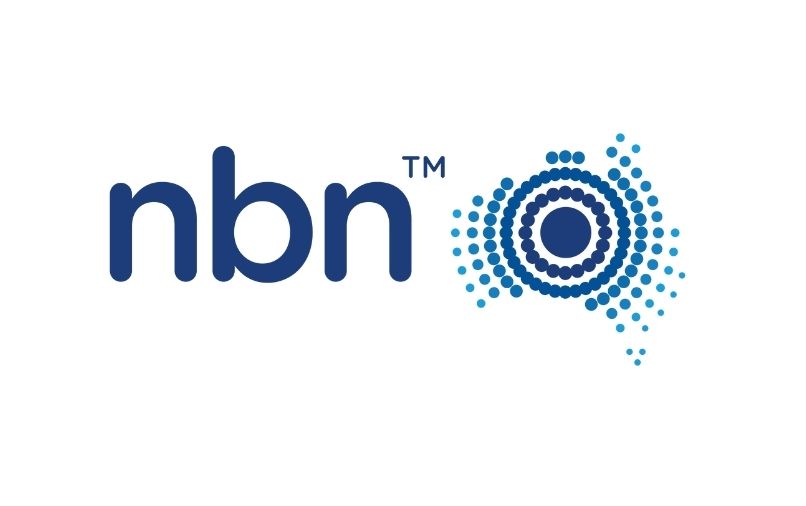- NBN Co, in its response to the recent round of Special Access Undertaking working group, said it understood “concerns about having core regulated services and competitive services treated in the same manner in the building block model and whether this gives rise to cross-subsidy concerns between cor
- NBN believes that this approach is consistent with other regulatory building blockmodels which use cost-allocators to differentiate between different parts of a regulated entity’s business which are subject to different market forces.
- According to NBN Co, a revenue cap remains the most appropriate main economic control compared to a weighted average price cap.

NBN Co, in its response to the recent round of Special Access Undertaking working group, said it understood “concerns about having core regulated services and competitive services treated in the same manner in the building block model and whether this gives rise to cross-subsidy concerns between core regulated services and competitive services.”
According to NBN Co, “these competitive services will be initially identified by NBN product name and NBN will confer power in the SAU on the ACCC so that the ACCC will have a role in determining whether new services will be treated as competitive services.”
“NBN believes that this approach is consistent with other regulatory building blockmodels which use cost-allocators to differentiate between different parts of a regulated entity’s business which are subject to different market forces,” it said.
According to the ACCC: “The working groups agreed that it would be appropriate for the building block model to include any such services so that appropriate cost allocations could be made to them, and that they would be subject to an appropriate degree of financial reporting to show that these services were recovering the allocated costs.”
“They agreed that financial reporting should be set out clearly in the SAU. Some participants also considered that the scope and form of the various transparency metrics could be developed by way of a record-keeping and reporting rule issued by the ACCC as an alternative to having these specified in a regulatory proposal that is submitted under the SAU.”
According to NBN Co, a revenue cap remains the most appropriate main economic control compared to a weighted average price cap. “A revenue cap is stable under the dynamic demand conditions faced by NBN. The revenue cap will be combined with individual price controls as supplementary protections where revenue sufficiency risk may not in itself impose sufficient constraints on NBN. However, NBN has not closed its mind to adopting an alternative approach, such as a weighted average price cap, in future regulatory periods, and will be proposing a mechanism in the SAU by which such an approach could be introduced.”
However, according to the ACCC, it still prefers a weighted price cap approach. “The ACCC prefers a weighted average price cap over a revenue cap because it provides stronger incentives on NBN Co to meet or outperform its demand forecasts and thereby promote the use of the NBN, both in terms of the number of connections and utilised bandwidth (to the extent that there is a CVC component). It also provides for more flexibility to adjust prices to achieve efficient pricing outcomes than is likely to be available under individual product price caps.”


